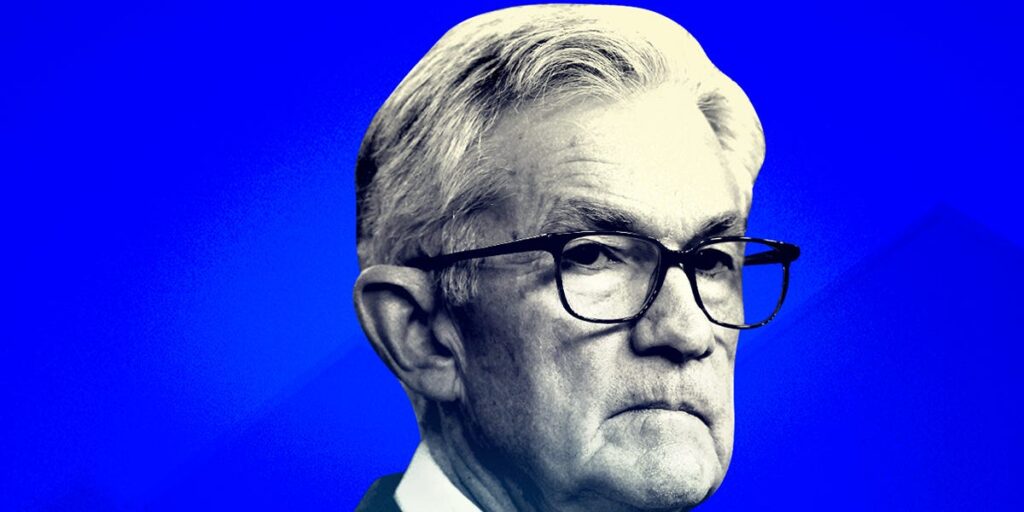Federal Reserve Chairman Jerome Powell has all but confirmed that interest rates will be cut in September.
On Friday, he delivered his biggest speech of the year at the Jackson Hole Economic Symposium, an annual gathering of central bank governors from around the world in Wyoming. With all eyes on the first interest rate cut since the pandemic began, he detailed the Fed’s thinking ahead of its September Federal Open Market Committee meeting.
While Powell has stressed the importance of moving slowly and making sure the economy is on the right path toward the Fed’s 2% inflation target, in his Jackson Hole speech he expressed confidence that the Fed’s tightening monetary policy is working and suggested a long-awaited shift to interest rate cuts could come soon.
“The time has come to adjust policy,” he said. “The direction to move is clear, and the timing and pace of rate cuts will depend on upcoming data, changing outlook and the balance of risks.”
It’s almost certain that the Federal Reserve will cut interest rates in September. CME FedWatch, a tool that predicts interest rate movements based on market probabilities, showed on Friday morning that there was a 71.5% chance that the Fed would cut rates by 25 basis points, and a 28.5% chance of a 50 basis point cut.
The big question then is not whether the Fed will cut interest rates, but how much, which will likely be clarified in the upcoming jobs report. July’s jobs report was unexpectedly weak, with the unemployment rate rising to 4.3%. Additionally, data released this week from the Bureau of Labor Statistics showed job gains over the past year were lower than previously reported, with a downward revision of more than 800,000 jobs.
In his speech, Chairman Powell highlighted the slowing job market. “The labor market has now cooled significantly from its previous overheated state,” he said. “The unemployment rate began rising more than a year ago and is now at 4.3 percent — still low by historical standards, but almost a full percentage point higher than its level in early 2023.”
That means the Fed will be closely watching the next jobs report on September 6th to determine how much to cut rates next month and for the rest of the year.
“Overall, the economy continues to grow at a solid pace,” Powell said. “However, inflation and labor market data suggest that conditions are changing. Upside risks to inflation have decreased, while downside risks to employment have increased. As we emphasized in our last FOMC statement, we are mindful of risks to both sides of our dual mandate.”
Powell is under pressure from some economists and Democrats in Congress to cut rates by more than 25 basis points in September, given labor market uncertainty. Still, Powell and Fed officials say it’s important to look beyond a single data point. “The data is noisy, and you need to take a longer view,” Chicago Fed President Austen Goolsbee previously told Business Insider.
“Our policies are not going to have an immediate effect, so we have to think about where we need to be to get to what’s called the golden path, which is to bring inflation down from this ridiculously high level to our target level without causing a severe recession,” he said.



